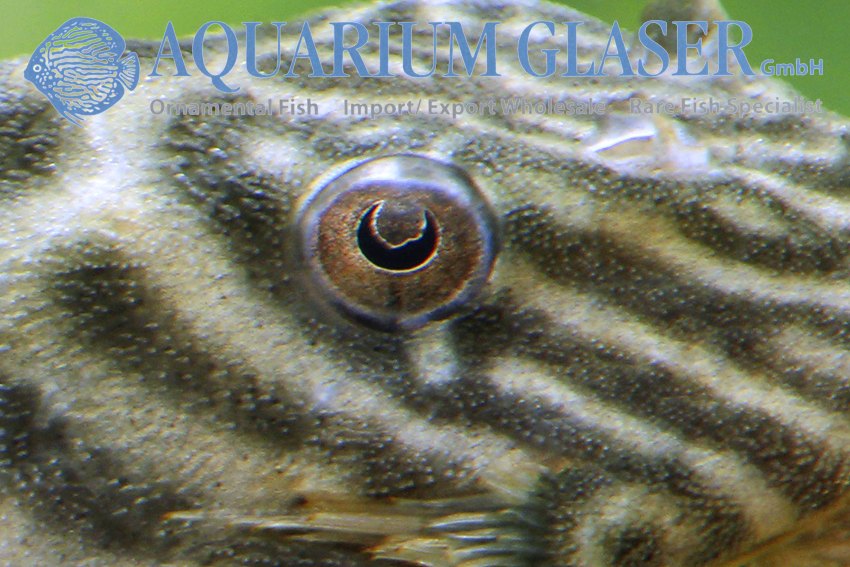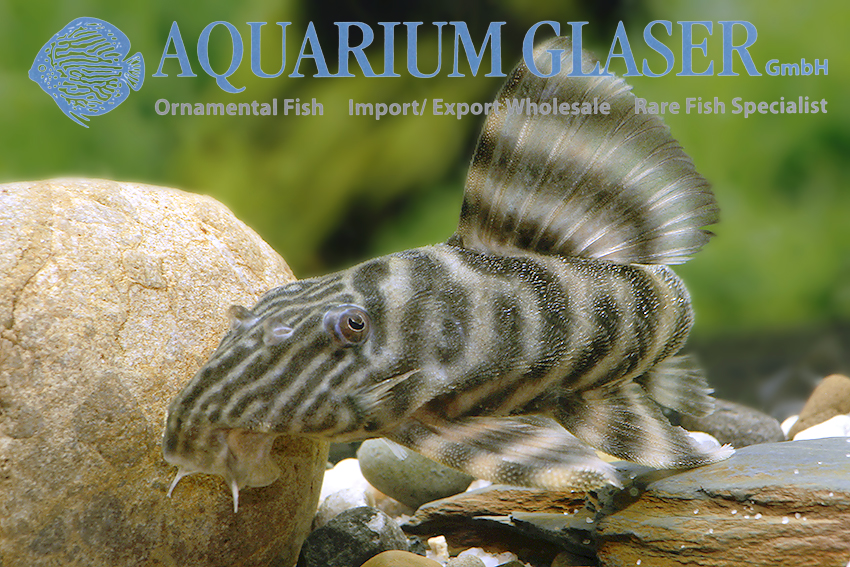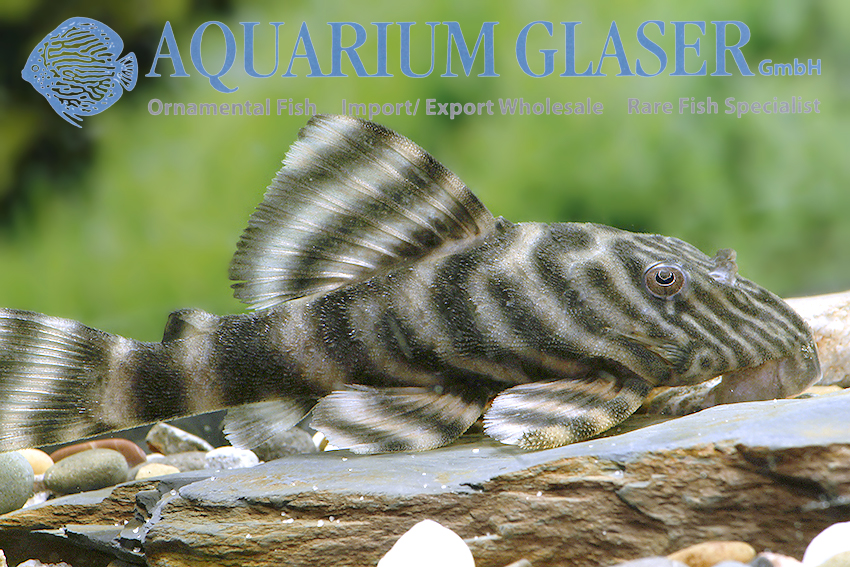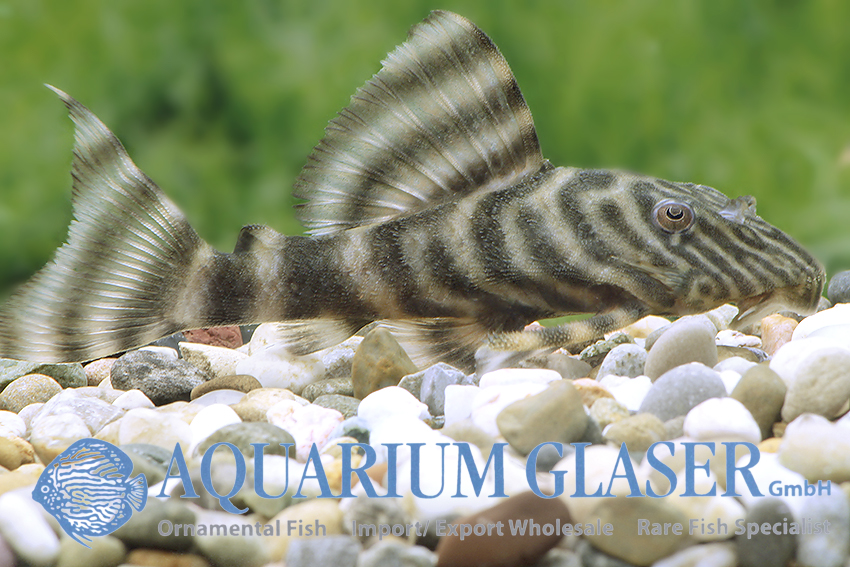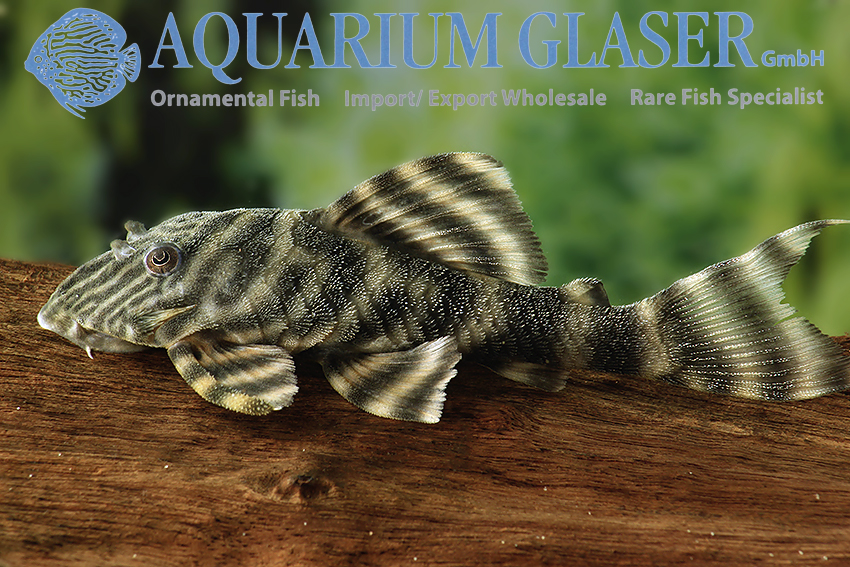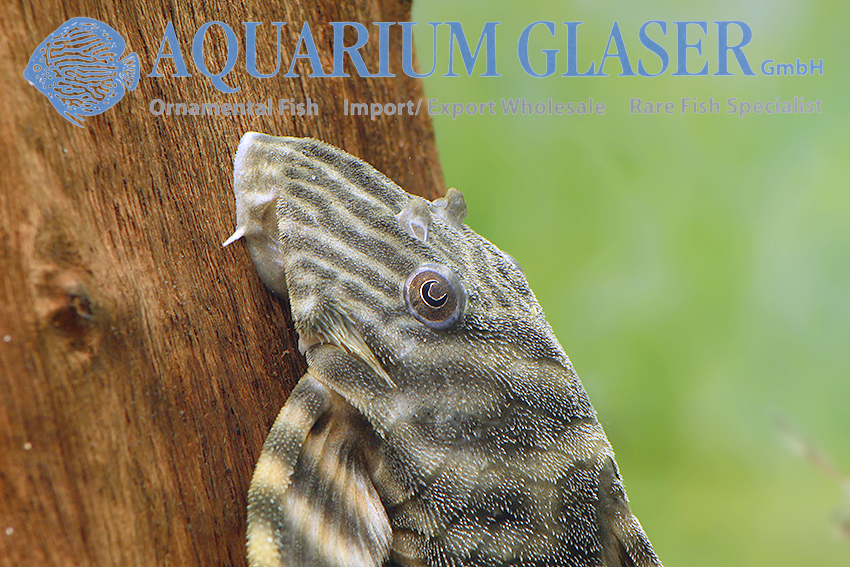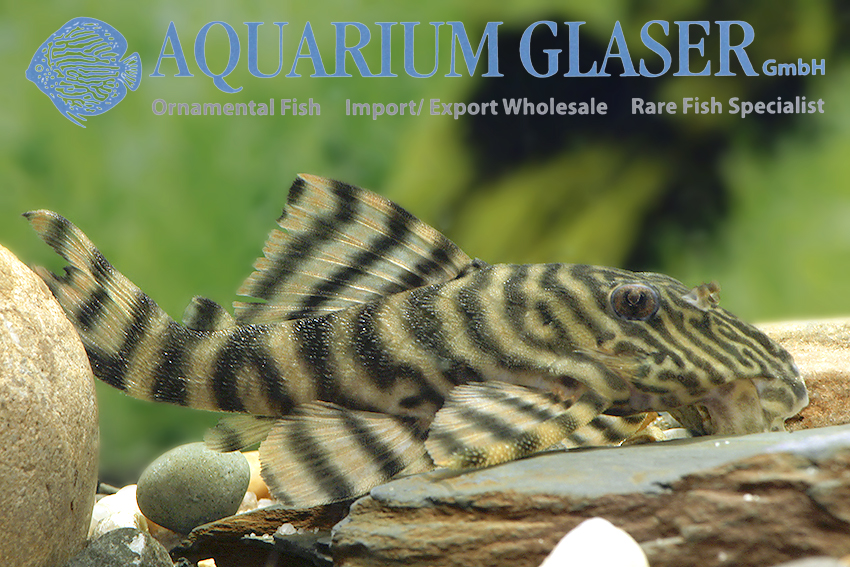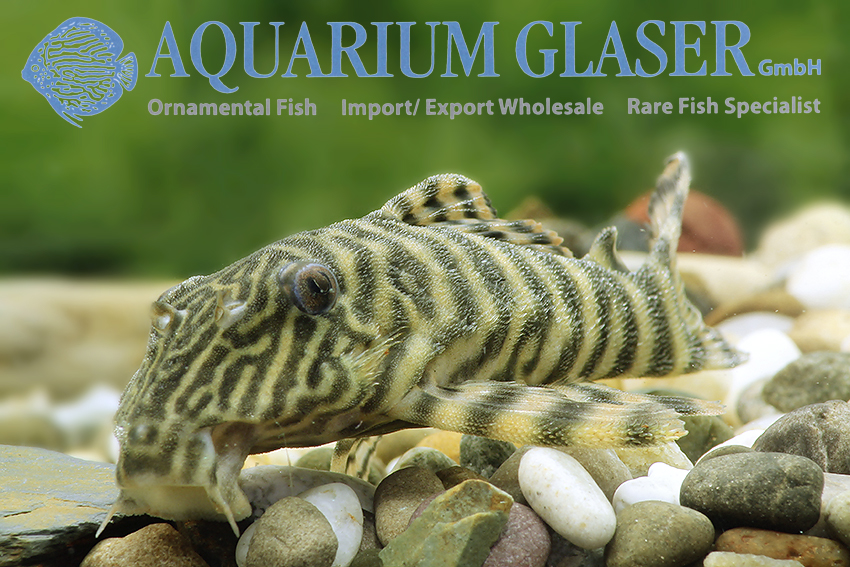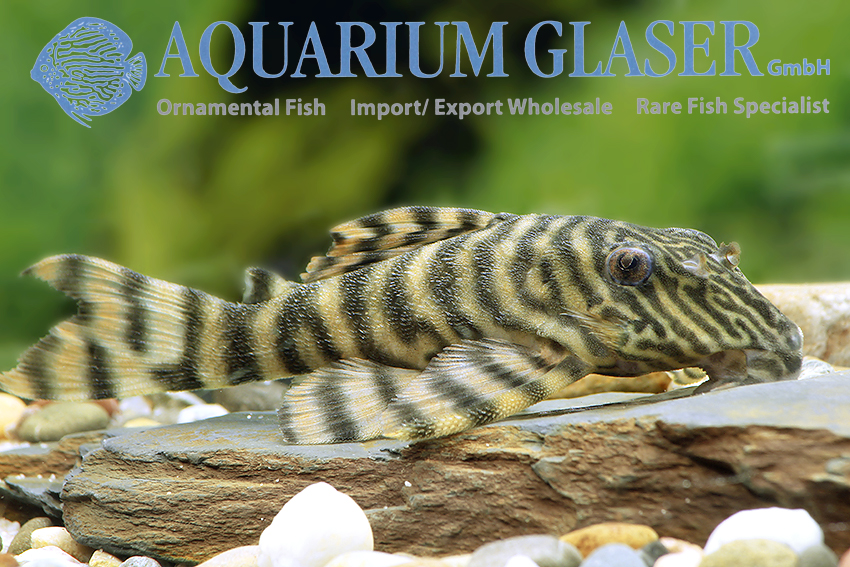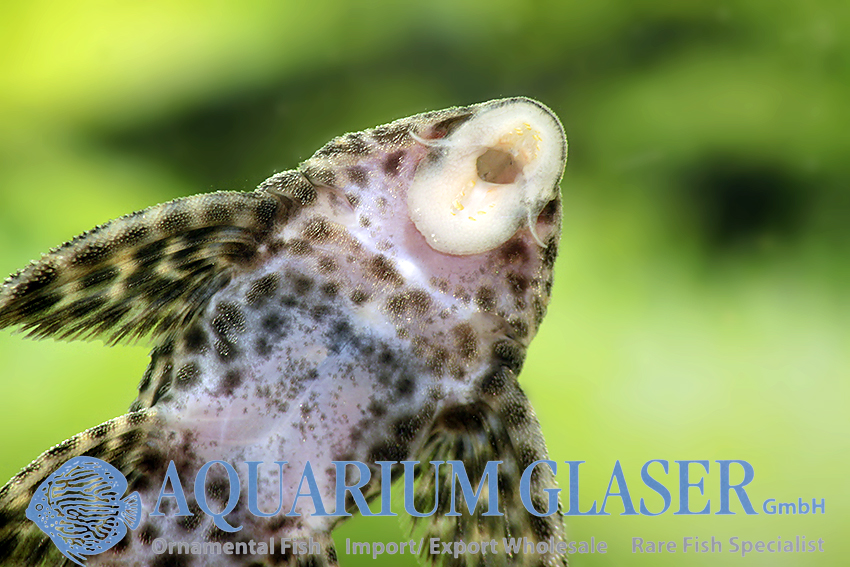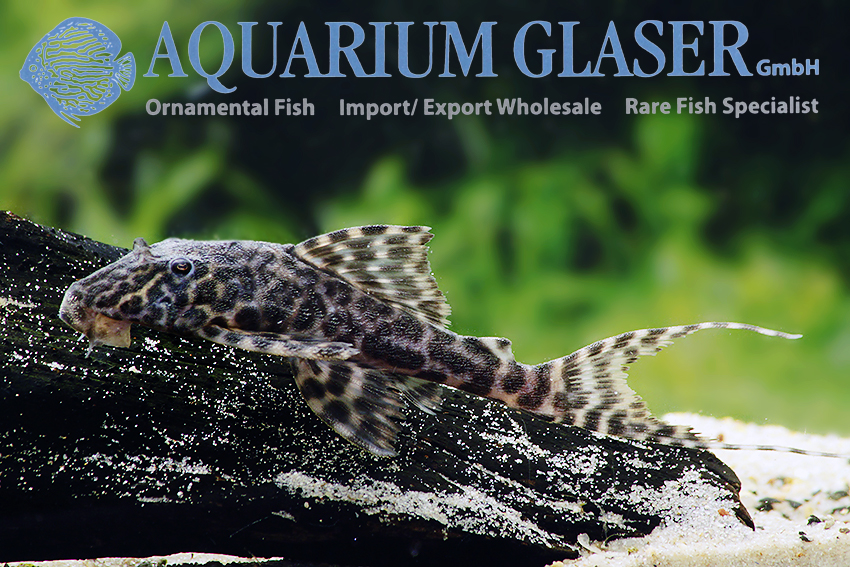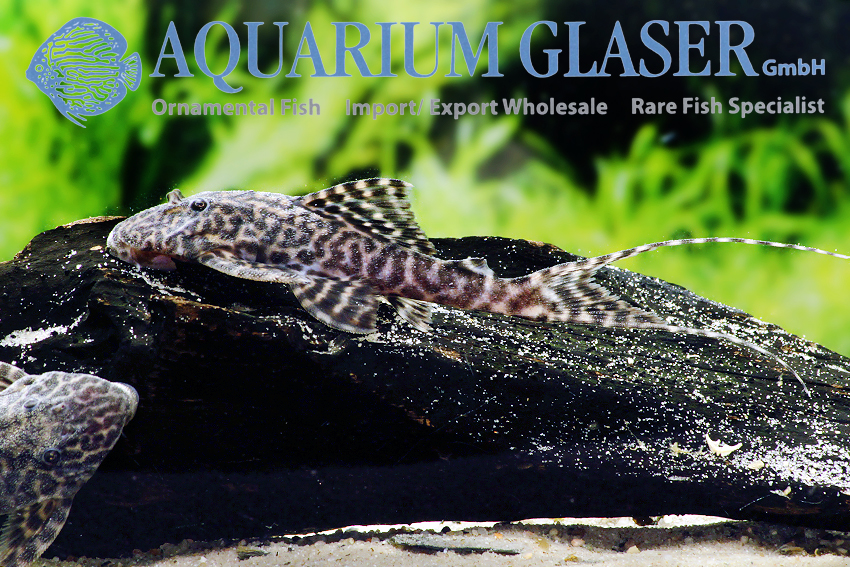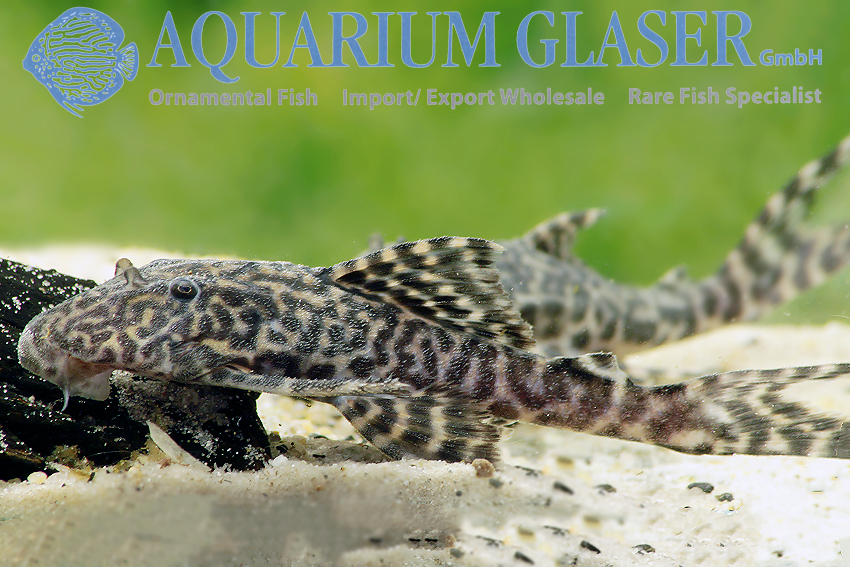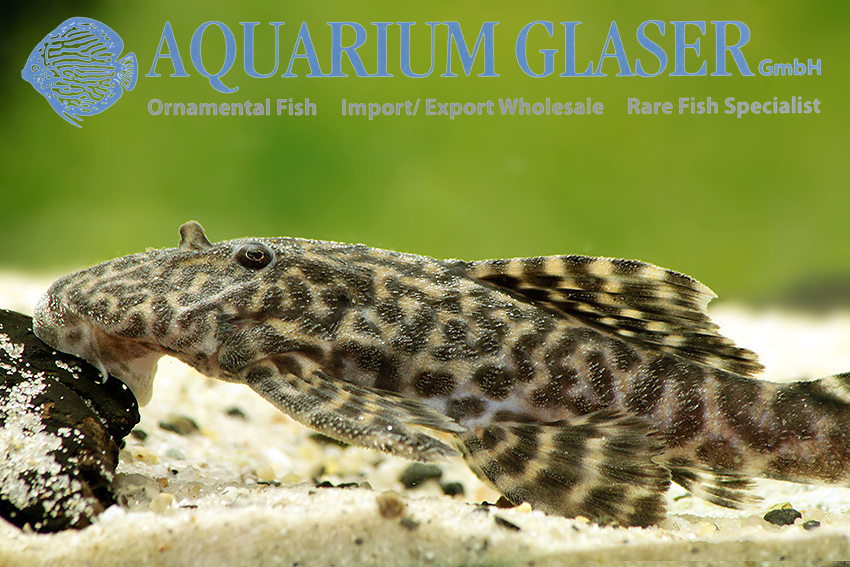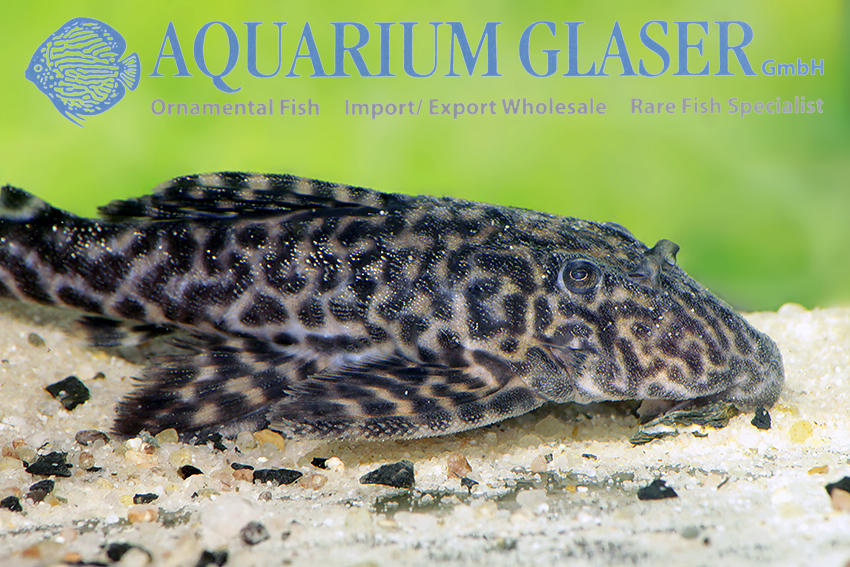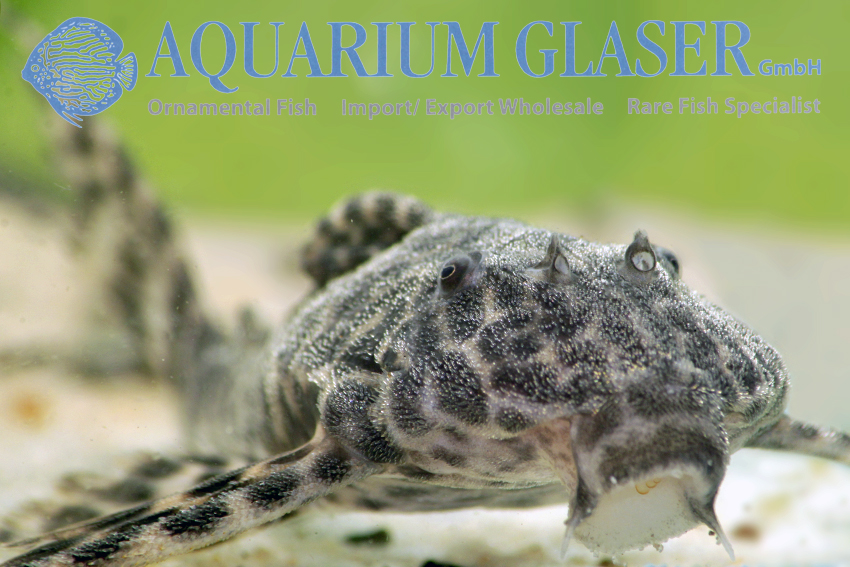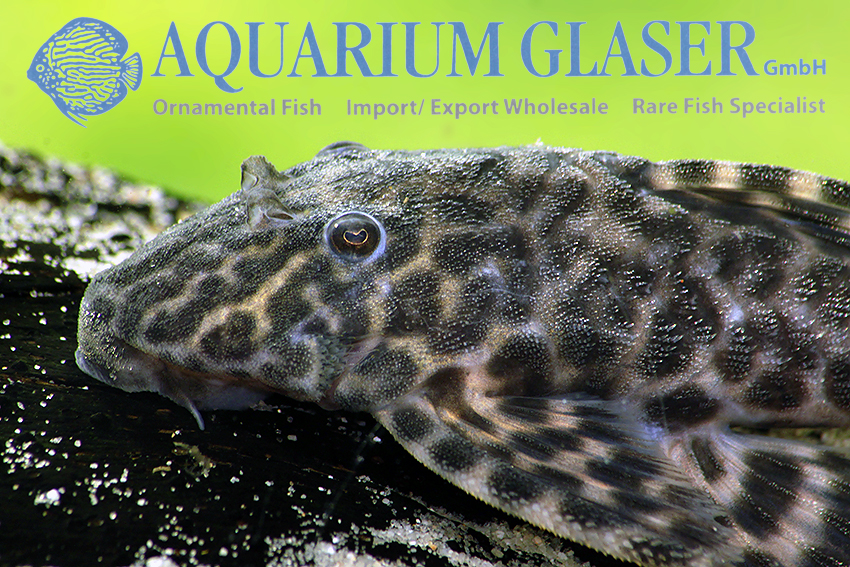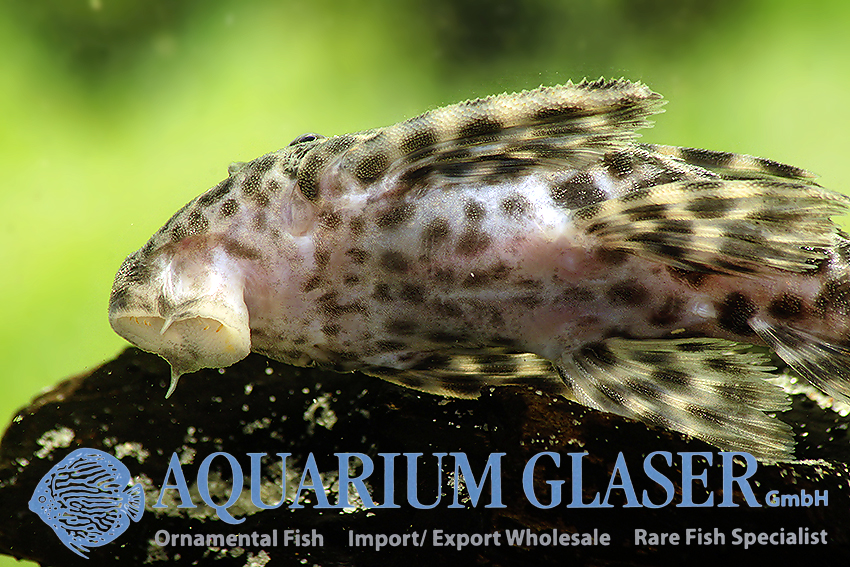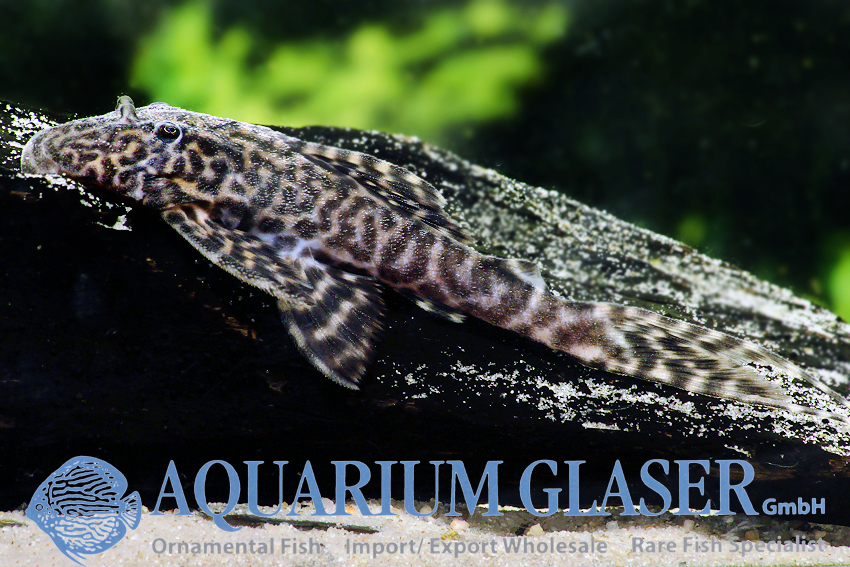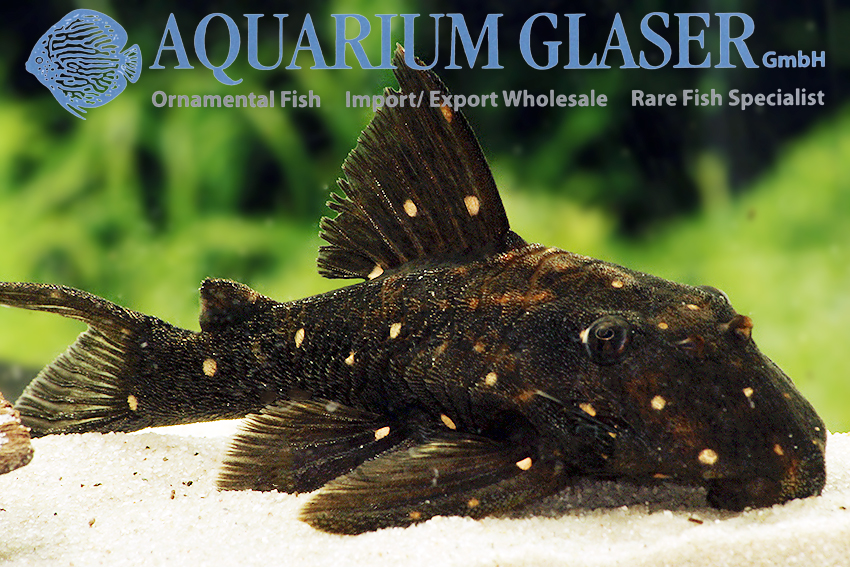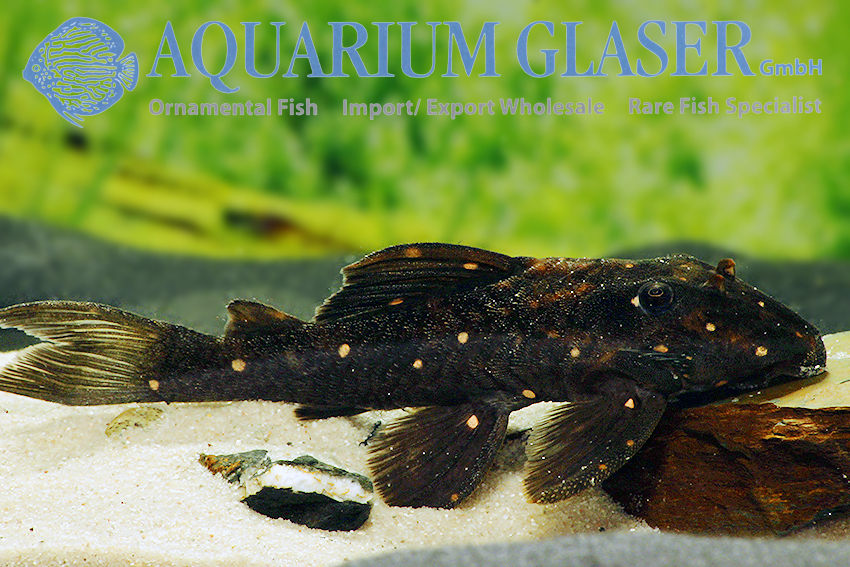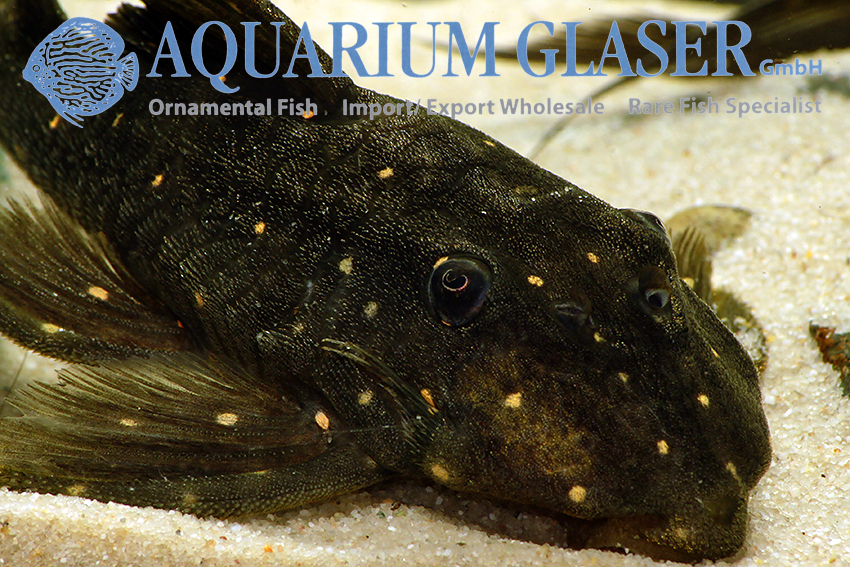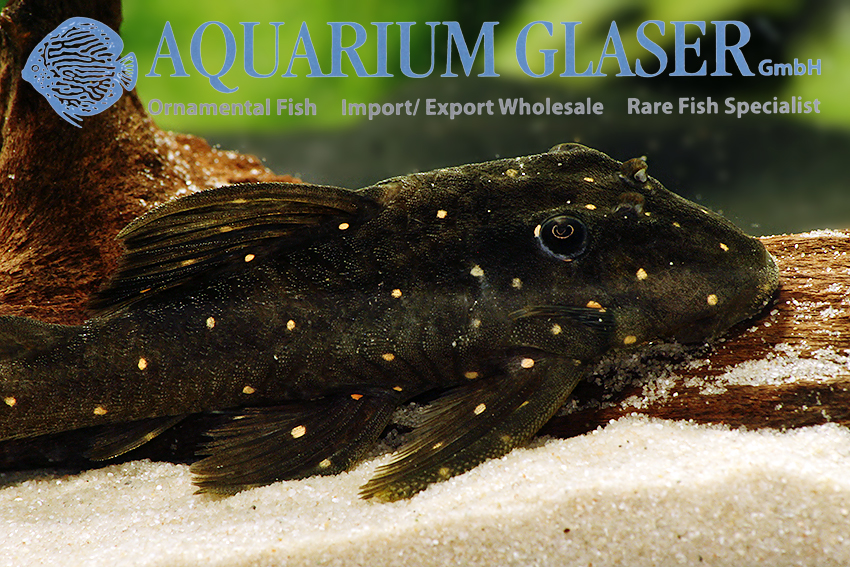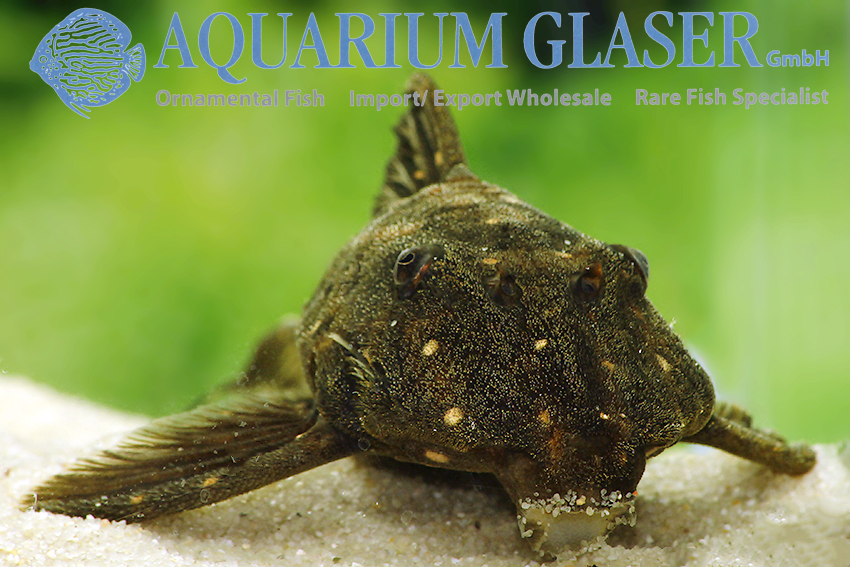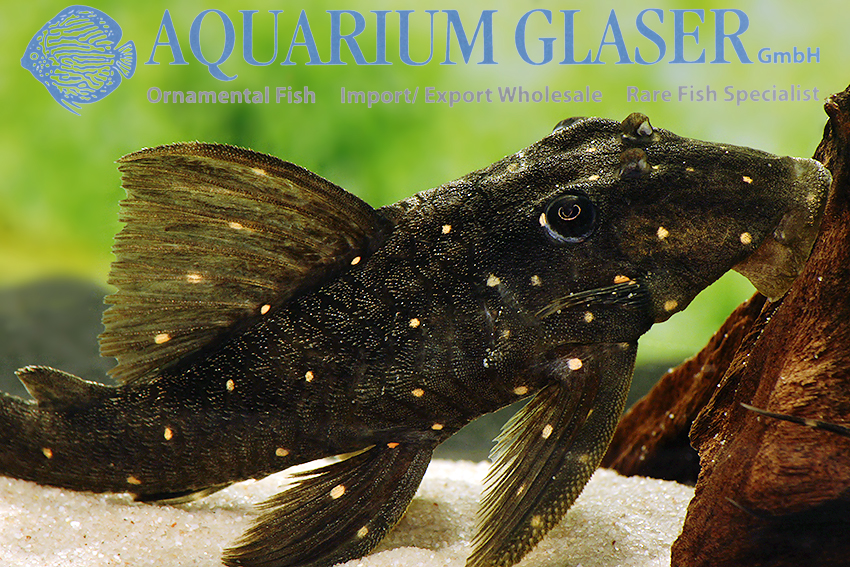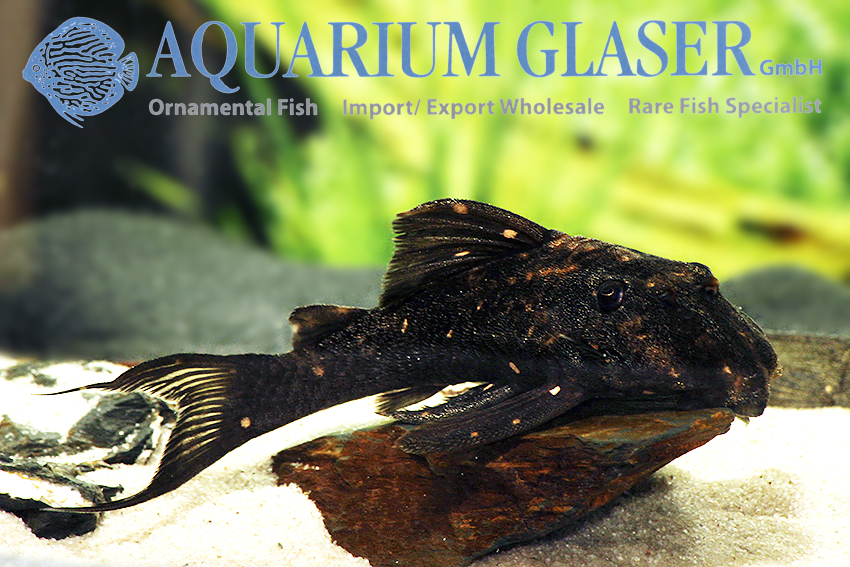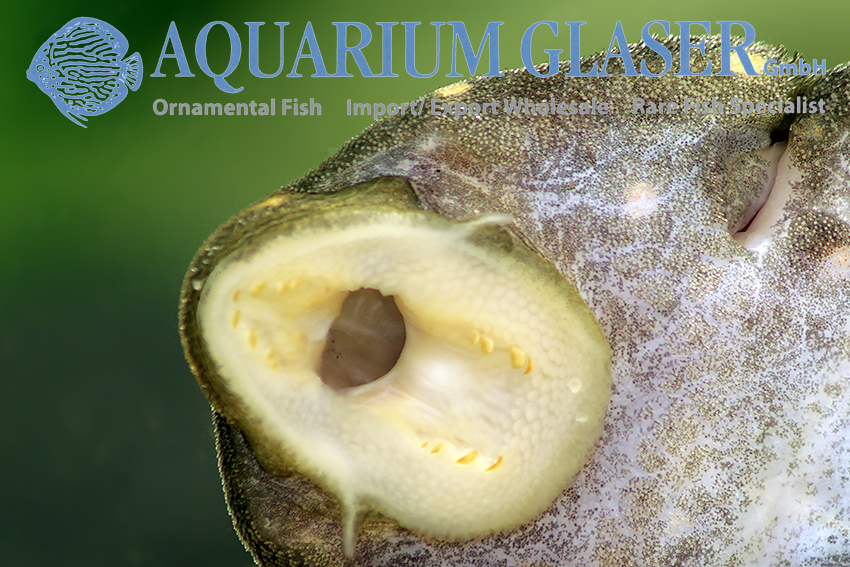The tiger pleco was already imported and presented in 1988; since then, unfortunately, no scientist has yet taken a closer look on the beautiful animals imported from Rio Tocantins in Brazil for the hobby; therefore, this relatively small, maximum 12 cm long, peaceful loricariid catfish still has no “correct” name, but has to be content with “L2”; the occasionally used names “Panaqolus vermiculata” or Peckoltia vermiculata are wrong and denote a different species.
The care of L2 is easy, the animals are well suited for community tanks, but one has to keep in mind that wood is an important food component for the fish. Large amounts of faeces are produced, therefore a relatively strong filtration of the aquarium is necessary. Possible roommates must like this.
Apart from wood, these fish also eat food tablets and vegetables, meaty food should be avoided, as it can lead to life-threatening fatty deposits. Algae are not eaten, plants are only damaged if not enough green food (zucchini etc.) is given.
L2 is a typical cave-breeder with father family, but is not bred very often, because usually enough wild catches are available and the breeders therefore tend to occupy their always too scarce space with rare species, because they are not available from imports.
For our customers: the animals have code 26480-L 002-2 on our stocklist. Please note that we only supply the wholesale trade.
Text & photos: Frank Schäfer





